A lot of shooters still don’t realize that they can own silencers legally, or if they do, they’re intimidated about the process. And it’s true, making your initial silencer purchase can be a major pain in the range bag…but it doesn’t have to be . . .
To demystify the process, TTAG talked to Michael Bowes, Social Media Manager at Silencer Shop based in Austin, Texas. Silencer Shop, available online at SilencerShop.com, is the country’s largest distributor of suppressors, and they sell thousands of suppressors every month. We asked Bowes to walk us through the process of how to buy a silencer.
TTAG: Okay, Mr. Bowes. Clear up the most basic question: Which is the correct term? Silencer or suppressor?
Bowes: Both words are technically correct. The first firearms-report-reduction device was called the The Maxim Silencer, patented by Hiram Percy Maxim in 1908. We think “suppressor” is the more-accurate word, because the devices don’t really “silence” a firearm report. Certainly, most people say and understand “silencer,” thus our name. And a shorthand term for suppressor or silencer is “can,” because that’s what they look like.

#1 TTAG: We’re interested in buying a suppressor. What’s next?
Bowes: Determine if suppressor ownership is legal in your state of residence. You can check here to see the states that allow suppressor ownership. Currently, 42 states allow private ownership of suppressors. But even if you live in one of the states listed, you should still verify that owning a suppressor is legal in your area.
Many people are still under the mistaken impression that they need a Class 3 license to own a suppressor. That is not correct.

If you’re an American and live in a state where suppressor ownership is legal, and you are legally able to purchase a firearm, then you can buy a suppressor. A license is only required to be actively involved in the reselling of silencers for profit.
Here are the major qualifications for buying a silencer:
— Be at least 21 years of age to purchase a suppressor from a dealer.
— Reside in one of the states that currently allows civilian ownership of suppressors.
— Be a resident of the United States.
— Be legally eligible to purchase a firearm and pass an FBI NICS background check.
— Pass a Bureau of Alcohol, Tobacco, Firearms, and Explosives (ATF) background check.
— Pay a one-time $200 Transfer Tax per item.
#2 TTAG: Okay, we’re citizens, we’re way more than old enough, and live in a state that allows suppressor ownership. Time to shop?
Bowes: Not quite yet. Give some thought to which firearm your suppressor is going on. Go to a Class 3 arms local dealer and pick one that fits your shotgun, handgun, or rifle.
To accept a suppressor, your firearm will need to have a threaded muzzle or quick-detach coupling. If it doesn’t, you’ll have to have those muzzle treatments added by a competent gunsmith (e.g. Class 3 Machining).
If you don’t know which shops are Class 3 capable, we have an extensive list of dealers on our website under the “Class 3 Finder” tab. You can enter your state or ZIP code to narrow the choices.
#3 TTAG: Where do most people start out?
Bowes: Rimfire. People usually choose a rimfire can for its smaller size, lighter weight, and generally lower price as compared to other suppressors.
After rimfires, the most common choices are for centerfire pistols, 5.56 NATO-chambered rifles, and 7.62mm rifles.
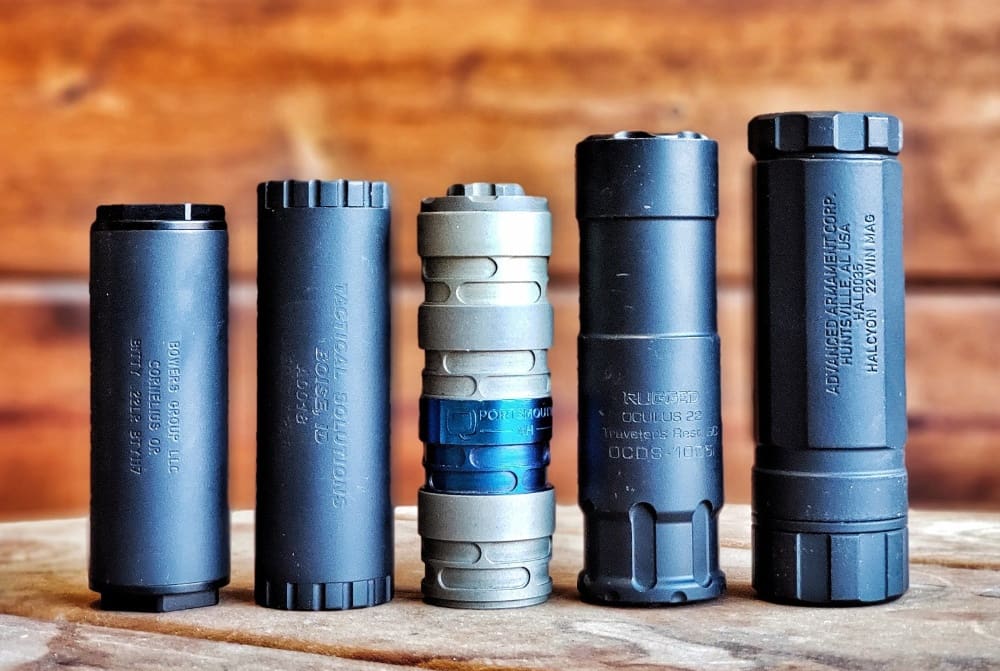
For suppressing AR-15 rifles, the shooter has to determine the most important characteristics for the silencer: weight, length, sound suppression, attachment method, and/or caliber. Generally, people choose 5.56 if they’re looking to suppress their rifle and they’d prefer a smaller size and lighter-weight can.
Picking out a 7.62 suppressor follows the same guidelines as the 5.56. Determining your preferences will help you narrow down what you’ll want. These bigger cans are considered the jack-of-all-trades choices because they’re rated to run any caliber from 7.62 and below, or in some cases, up to .300 RUM and below. They’re generally longer and heavier in comparison to their 5.56 counterparts.
Sometimes you need a specific can for larger calibers such as .338, .458, .50. And then there are specialty items, which often only work with one particular firearm.
Depending on the store, you’ll have lots of options to consider. Or you can buy it online at our site, and we’ll ship it to your Class 3 FFL dealer.

#4 TTAG: Okay, making the buying decisions is still shopping for cool toys, which is enjoyable in itself. We know that there’s paperwork at some point.
Bowes: Yes. Because of the National Firearms Act — NFA — regulations, you’ll have to buy the suppressor before you get it registered, because its serial number will be used for the registration process. Before you can purchase a silencer and take possession, you must be approved and your silencer registered by the ATF.
If you haven’t purchased a suppressor before, there are three ways to register the suppressor for purchase:
— Register it to yourself;
— Form a trust such as the extremely handy and simple Silencer Shop Single Shot Trust and register the suppressor to that trust; or
— Register as a corporation.
Many legal experts advocate option B, forming a trust, to make a personal suppressor purchase. Forming a trust requires a legal document to be filed with the state, usually $100 to $500. Check out our Single Shot Trust for a great option that runs just $24.99.
It is a simple process to submit an ATF Form 4 applications to own a silencer. If you’ve obtained a concealed firearm permit in most states, then you’ve done most of the steps.
For a silencer purchase, the typical process includes submitting two forms, two sets of fingerprint cards, two passport photos, a citizenship declaration form, and a signature from a local chief law enforcement officer (CLEO) in your home jurisdiction. If you form a trust, then you likely won’t need the CLEO signature.

Using an NFA Trust to register your suppressor is definitely the way to go for nearly 100% of our customers. An NFA Gun Trust allows multiple people to legally have possession of the suppressor or other NFA item, such as machine guns.
An NFA Gun Trust allows you to add and/or remove trustees at any time, which provides a lot of flexibility. Registering using an NFA Gun Trust or Corporation is typically faster than registering as an individual. Also, you only need to set up a gun trust once. After that, you can use the trust to register as many silencers, short barrel rifles, or other NFA items as you want.
We offer a quick way to get these set up. The Single Shot NFA Gun Trust is $24.95. Our NFA Gun Trust is $129.95.
#5 TTAG: So, regardless of the method, we’re going to be on a “list?”
Bowes: Yes. You and your family members will be the “registered owner” of that silencer, which is recorded by the ATF. But you’re not registering your firearms. Just the suppressor.
#6 TTAG: Any shortcuts or time savers in getting the paperwork done?
Bowes: Yes. Technological advances have allowed us to implement a more streamlined effort in obtaining your suppressor. ATF 41F was a game changer.
We’re happy to report that acquiring a silencer is the easiest it’s ever been. All of it can be done digitally without any paper forms when you use one of our Silencer Shop Kiosks and our official Silencer Shop mobile app.
We’ve streamlined the process so you don’t have to worry about filling out the forms manually. The Silencer Shop Kiosk and our mobile app offer a digitalized way to enter all of your information — and after you do it once, you don’t have to re-enter the information again.

#7 TTAG: How do the Silencer Shop Kiosks work?
Bowes: You figure out what you suppressor you want and add it to your cart on SilencerShop.com. In finalizing your purchase, at checkout you’ll be prompted to locate a dealer to receive it, and if that dealer has a Silencer Shop Kiosk, the use of the kiosk is free at that location.
Upon completion of the purchase, you’ll receive your serial number(s) and a registration code and QR code in an email. These are very important numbers to keep track of.
Please keep in mind that even though you’ve completed your purchase online, you won’t be able to obtain it right away because it will have to go through the NFA approval process.
You can see what the current wait time is here.
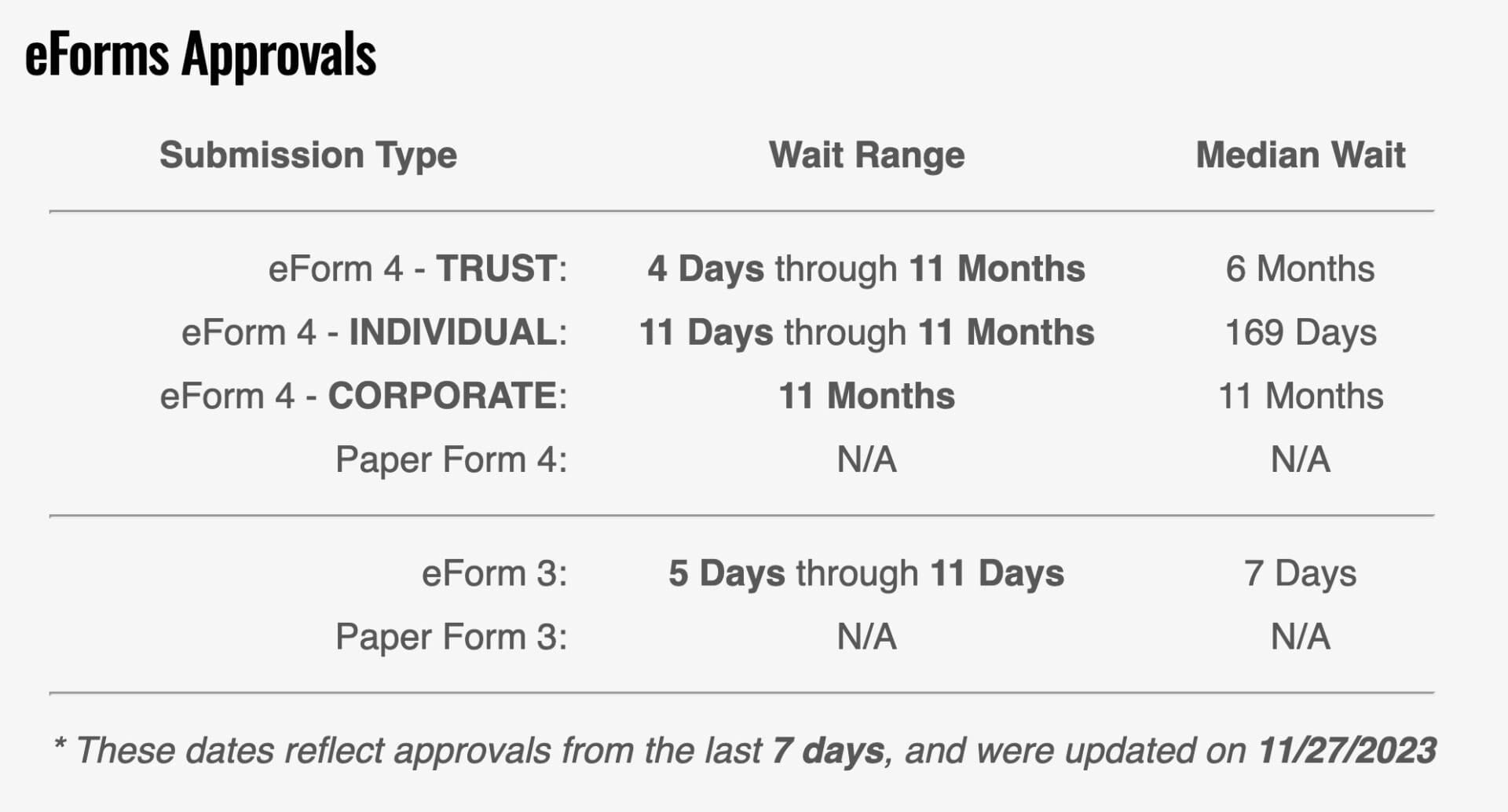
We make finding your Silencer Shop Kiosk super easy. All you need to do is go to our kiosk locator online and select the location that’s most convenient to you.
Then use that registration number we emailed to you at the kiosk. You’ll be prompted by the kiosk to enter in that registration code for you to proceed. If you lost that code, don’t worry. You can request another at the kiosk or simply log into your SilencerShop.com web account.
You’ll be able to create your fingerprints at the Silencer Shop Kiosk, as well as enter your personal data and sign your fingerprint card and DocuSign all the forms. You can take and submit your photo using the mobile app or website.

Our mobile app will give you directions for what is acceptable to meet the ATF’s requirements, and you can also upload your photo to the website through a link we will email to you if we notice you don’t have a photo on file. You can log in using that six-digit code you received along with your QR code.
At this point, you’ve reached the end of the process and submitted all of your necessary information. After that is received, we will prepare your paperwork and send it you to sign via Docusign. We will then submit all of your paperwork to the ATF. The next email you get will be when the ATF cashes your check for the tax stamp.
#8 TTAG: What if we’re not willing or able to do all of that electronically?
Bowes: Fill out the ATF’s required forms, Form 4 and Form 5330.20 in duplicate. You need to fill out the paper forms and also have your dealer fill out the dealer portion before sending. If you’re registering as an individual, you’ll need to get fingerprinted and photographed. Ask your dealer about the forms and proper fingerprint cards.
For any of you “old school” types out there, we will also accept any/all of this information by mail if you would rather fill it out on paper. You can mail us a set of completed standard FD258 fingerprint cards and we’ll scan them in and keep them on file digitally for you, and the same goes for your passport-style photo.
Then, pay the $200 transfer fee to the ATF. This is commonly called a tax stamp.

In addition to this cost, your dealer will often charge a transfer fee for completing the paperwork, mailing it and receiving and transferring the suppressor.
When the ATF receives your paperwork and fee and approves your form 4, your dealer is then authorized to transfer the silencer to you via a standard form 4473 used in firearm purchases. The tax stamp stays with the silencer for as long as you own it; it can be used on various guns. If you go to buy another silencer, the entire process (except setting up a trust) must be completed again and another $200 paid for each silencer you buy.

Unfortunately, you can’t just walk into a store and buy silencer. You have to go through a few extra steps. The process may sound complicated, but it’s really fairly easy. We think our Silencer Shop kiosk system is the easiest solution, but your local Class 3 dealer knows the process inside out and will walk you through it.
#9 TTAG: You recommended using a trust, which is helpful if we wanted to legally share the device with friends and family. But tell us about the “individual purchase” option.
Bowes: The advantage to buying as an individual is that you don’t have to create the legal trust. You can walk into a store and start the process. The downside is that only you can possess and use the silencer.
- As an individual, you’ll find a silencer you want at your local Class 3 dealer. You’ll probably have to pay for it in advance or leave a deposit. You won’t be able to leave with it.
- With the dealer’s help, you’ll complete two copies of ATF Form 4 with the model and serial number of your suppressor.
- You will need two passport photos. Some dealers may do this for you.
- Next, you’ll need to get fingerprint cards.
- You will then need a signature on your application forms from the local chief law enforcement official.
- Attach a check or money order made out to ATF for $200.
- Mail all of this to ATF.
If you purchased the item from the counter stock at the dealer, they’ll hold the item until ATF approval is complete.
ATF will return to your dealer one of your Form 4 copies with the tax stamp imprinted. That stamp costs $200.
You take possession of the silencer.
#10 TTAG: If we take the suppressor to the range, does the paperwork need to go with us?
Bowes: Once you have your tax stamp document, scan or copy the original. Keep the original paperwork with your other important documents. Then, make a copy of your tax stamp form and keep it with your suppressor. You need to be able to produce the tax stamp on demand.

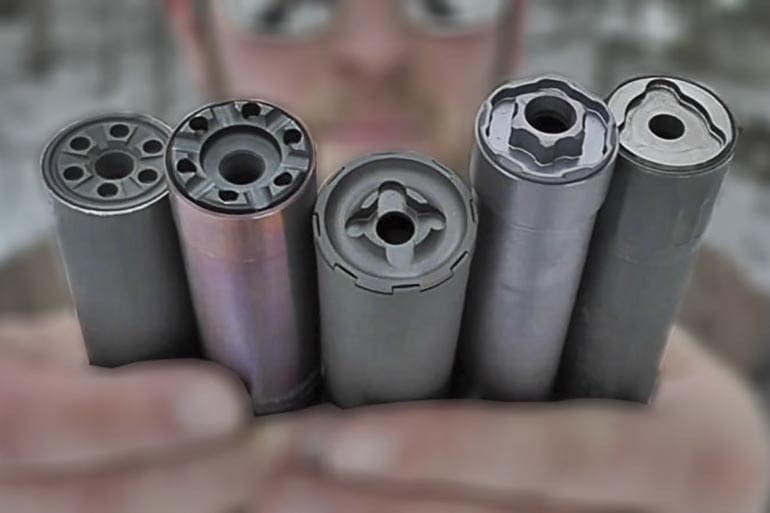



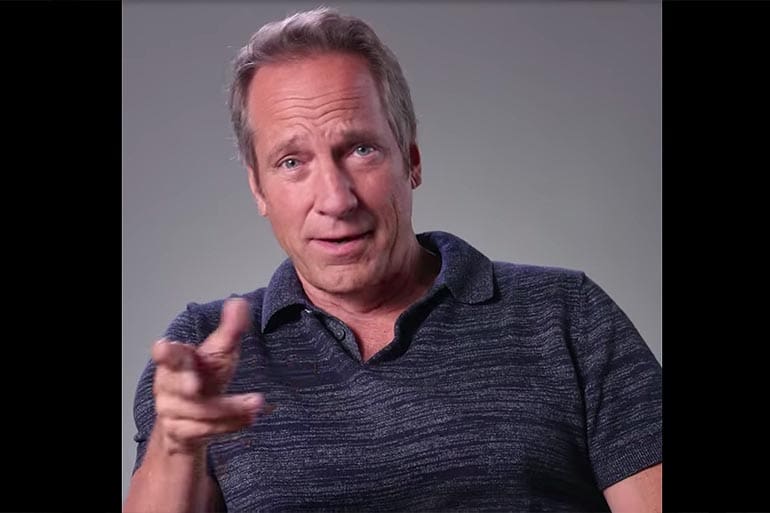

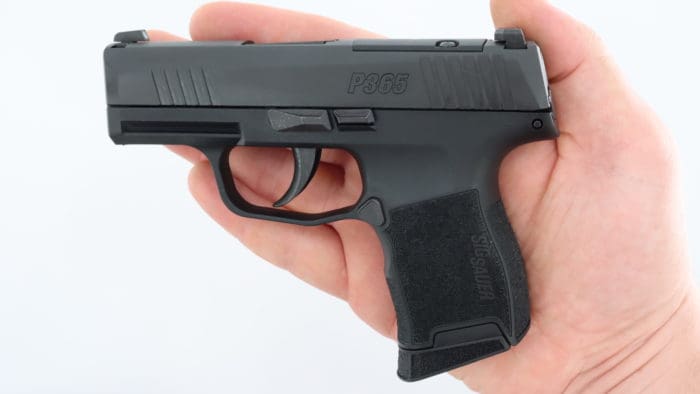

To make the wait easier, buy your can at a gun shop that is also a range. Most of them will let you have “conjugal visits” until your paperwork clears. I bought three, all of my cans were well used by the time I could actually take them home.
I realize I can own a silencer. I also realize I dont have that kind of money.
My ear pro is a couple of cigarette filters and if I cant find those laying on the ground, ” what’d you say, I cant hear you” , *rrrriinngggg*
should be two steps. Walk in LGS and pick out suppressor. Pay the cashier and walk out the door. A suppressor never killed anyone unless they were beat to death with it.
If it takes TEN steps there isn’t anything EZ about it. Jumping through hoops is hard work.
That process kinda seems like “infringement” to me.
Don’t need one, IF you heard the shot, it wasn’t meant for you…
nice.
What if I buy a suppressor and later realize I wasn’t approved? (Chief LEO want sign off on it?).
If you buy on a trust, the CLEO approval isn’t required. One of the few things Obama did for us.
Step one: buy oil filter…